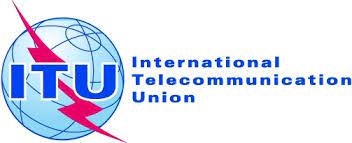The International Telecommunications Union (ITU) has reported that Africa’s 6% 5G coverage remains the lowest globally as of December 2023.
The global telecom body made this disclosure in its just published ‘Mobile Network Coverage Facts and Figures 2023’ report.
The report reflected that the continent was lagging in deploying the latest technology while older generation of networks, 2G and 3G are being shut down in many countries of the world, African countries were still providing telecommunication services to their population through the old technologies.
The ITU disclosure seems to represent the realities in the continent, especially when current data for countries like Nigeria indicated that though three telecom companies had launched commercial 5G, coverage of the technology remains abysmally low at 0.83% as of August this year.
Recent data from the Nigerian Communications Commission (NCC), the country’s telecom industry regulator, showed that 60.3% of subscribers in the country were still on 2G as of August 2023.
While noting that 5G coverage has increased over the last four years to reach 40% of the world population, ITU noted that the development remained uneven as developed countries continue to have competitive edge in the 5G coverage.
The global body clarified: “Since commercial deployment began in 2019, 5G coverage has increased to reach 40% of the world population in 2023. Distribution, however, remains very uneven. While 89% of the population in high-income countries is covered by a 5G network, coverage remains limited in low-income countries.
“Europe boasts the most extensive 5G coverage, with 68% of the population covered, followed by the Americas region (59%) and the Asia-Pacific region (42%). Coverage reaches 12% of the population in the Arab States region and less than 10% in the CIS region (8%) and Africa region (6%),” ITU added.
This is even as the report showed that in many countries, older-generation mobile networks such as 2G and 3G were being switched off for new-generation networks, 4G and 5G.
The ITU added that 5G enabled the development of a digital ecosystem by connecting machines, objects, and devices with ultra-low latency and the potential to improve energy efficiency.
Specifically, it reported further that most European operators had announced plans to switch off 3G networks by December 2025, and likewise operators in the Asia-Pacific region.
The global body stated: “However, in some countries, the path is less clear, mainly because 2G and 3G networks retain a significant presence. This is the case notably in lower-income countries, where both technologies remain an important means of communication. In these countries, the main obstacles to 5G deployment and adoption include high infrastructure costs, device affordability, and regulatory barriers.”






